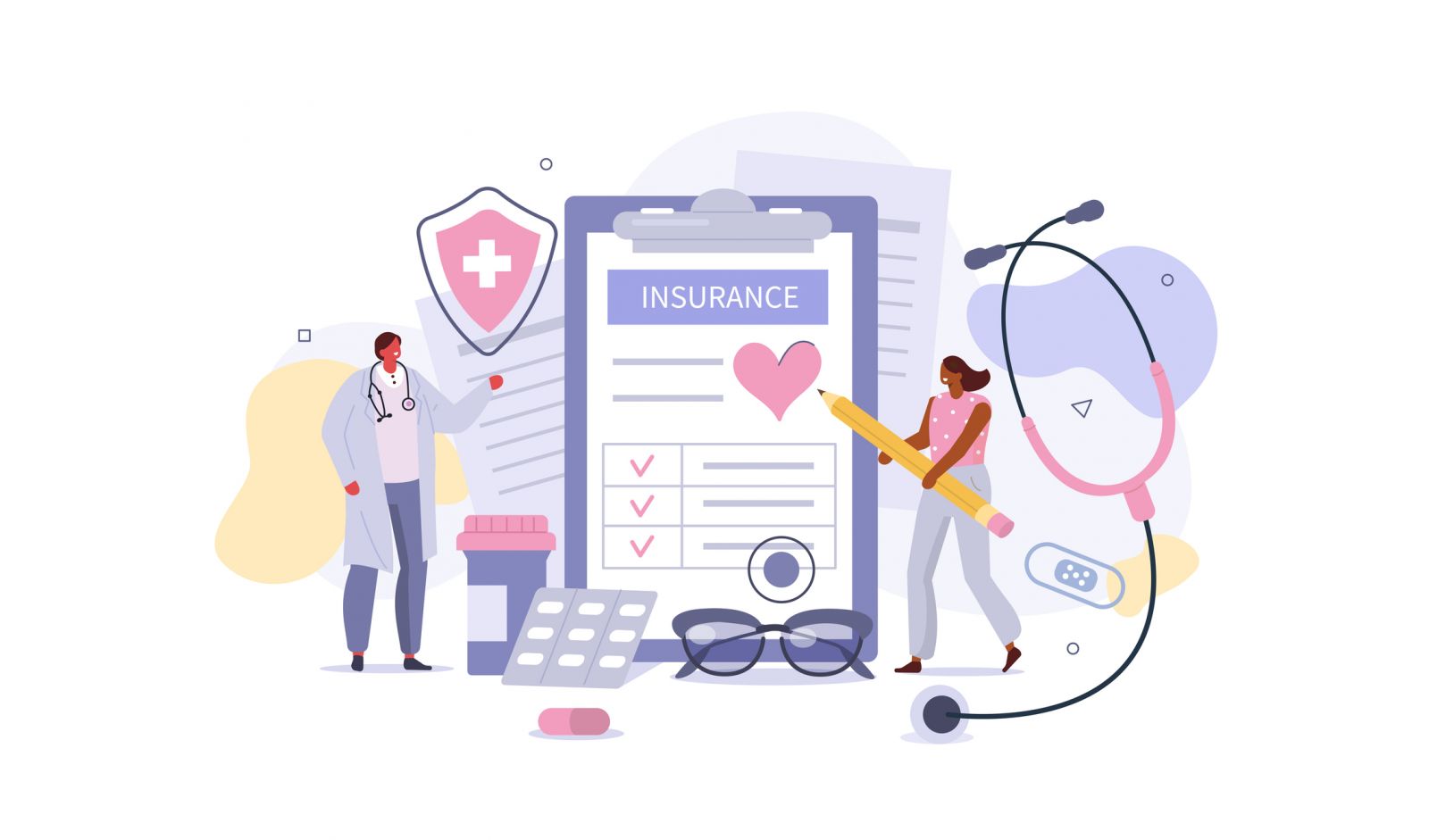How to Get Health Insurance if You’re Unemployed
By Karena Yan
 There are several coverage options for those who are unemployed, with special options in place during the COVID-19 national emergency.
There are several coverage options for those who are unemployed, with special options in place during the COVID-19 national emergency.
Becoming unemployed is scary no matter when it happens, but it can be especially scary during a global pandemic. For many people, the loss of a job also means the loss of health insurance.
In April 2020, the unemployment rate peaked at 14.8% – the highest it’s been since 1948 – before declining to a still elevated rate of 6.2% in February 2021.The Congressional Budget Office (CBO) and the Federal Reserve predict that unemployment rates will remain above 6% over the next three years. Employer-sponsored insurance is the most common form of health insurance in the US, and since the pandemic began, 14.6 million workers and their dependents have lost their employer-sponsored health coverage.
If you’ve lost health insurance provided by an employer, you don’t have to remain uninsured. Whether due to the pandemic or after the pandemic, if you are unemployed there are several options that you may be eligible for to gain health insurance coverage. In most cases, your household size and your income will determine what coverage options you have and how much you’ll pay for them.
1. Medicaid and the Children’s Health Insurance Program (CHIP)
To determine eligibility, Medicaid only considers your current income, not your income earned in the past year. This is especially helpful for recently unemployed individuals needing to access Medicaid services.
In states that have expanded Medicaid under the Affordable Care Act, nearly all adults with income below $17,774/year (138% of the 2021 federal poverty level, FLP) can qualify. In states that have not expanded Medicaid, parents with incomes below $9,003/year for a family of three (41% of the FLP in 2021) are eligible; with the exception of Wisconsin, other adults are not eligible for Medicaid regardless of their income level.
In families with incomes that are too high to qualify for Medicaid but too low for private insurance, children under the age of 19 can get health insurance through CHIP. Most children whose parents are unemployed can qualify for CHIP. Depending on the state, family income eligibility to qualify for CHIP can range from 170% to 400% of the FPL. See here for your state’s CHIP eligibility criteria.
2. Affordable Care Act (ACA) Marketplace – also known as Obamacare
People who lose employer-sponsored health coverage can also buy private insurance through the Marketplace. The health plans have four tiers, and they vary in their premiums (monthly fees), covered services, and out-of-pocket costs. See here for a closer look at the plan options.
Depending on your household size and annual income, the Marketplace can issue premium tax credits and savings on deductibles, copayments, and other out-of-pocket costs to make coverage more affordable. Tax credits are available to individuals with incomes between $12,760 and $51,040 (or 100% to 400% of the FPL in 2020). According the US Department of Human and Health Services, about 86% of people who bought insurance through the Marketplace received a premium tax credit.
The Open Enrollment Period for Marketplace insurance is November 1 to December 15 each year. However, due to the COVID-19 national emergency, you can now enroll in or change your Marketplace insurance during a Special Enrollment Period from February 15 through May 15, 2021.
You can also enroll in or change your Marketplace insurance at any time if you experience a qualifying life event. Life events include losing health coverage, getting married, or having a baby, and they generally have to take place within the past 60 days to qualify. However, because of the pandemic, any loss of health coverage since January 1, 2020 qualifies individuals to enroll in or change their Marketplace health insurance.
3. Coverage through your spouse or parent
Becoming newly unemployed qualifies you to join your spouse’s or parent’s employer-sponsored health plan. Even if your spouse isn’t enrolled in their employer’s plan, your unemployment status allows you both to join the plan outside of the typical enrollment period.
Children can join and remain on a parent’s plan up to the age of 26.
4. COBRA Insurance
COBRA allows newly unemployed individuals to remain on their employer’s health plan for a period of time, generally up to 18 months. This option is usually expensive because employers are no longer subsidizing the cost of the plan, so individuals would have to pay the full premium.
However, if you can and are willing to afford it, COBRA could be a good choice. Any out-of-pocket costs you previously paid toward the deductible would remain. Additionally, in-network providers would stay the same, which would save you the time and energy of finding new doctors.
Your specific COBRA details should be explained in your health plan Summary Plan Description (SPD), typically provided to you within your first 90 days of joining the plan.
5. Short-term health plans
If you are looking for coverage during a transitional period (such as between jobs, or when turning 26 and leaving your parents’ insurance) and don’t expect to use many health services, a short-term health plan is something to consider. These plans are generally meant to cover emergency needs, such as hospitalizations, and come with lower monthly premiums compared to ACA Marketplace plans. Some prescription medications and healthcare visits may be included.
However, most short-term health plans require you to disclose any pre-existing conditions, such as diabetes, which may disqualify you from coverage. You may also be disqualified if you are pregnant, have obesity, or are diagnosed with HIV or AIDS.
You can look for short-term health plans here. Most major insurers also carry short-term plan options.
For more resources on accessing and affording diabetes treatments, click here.







